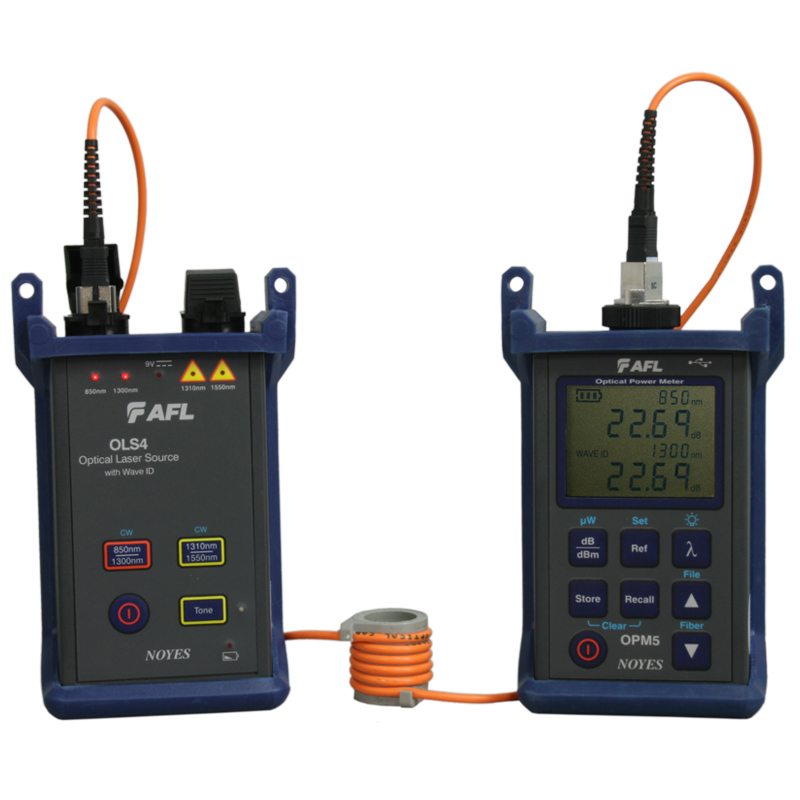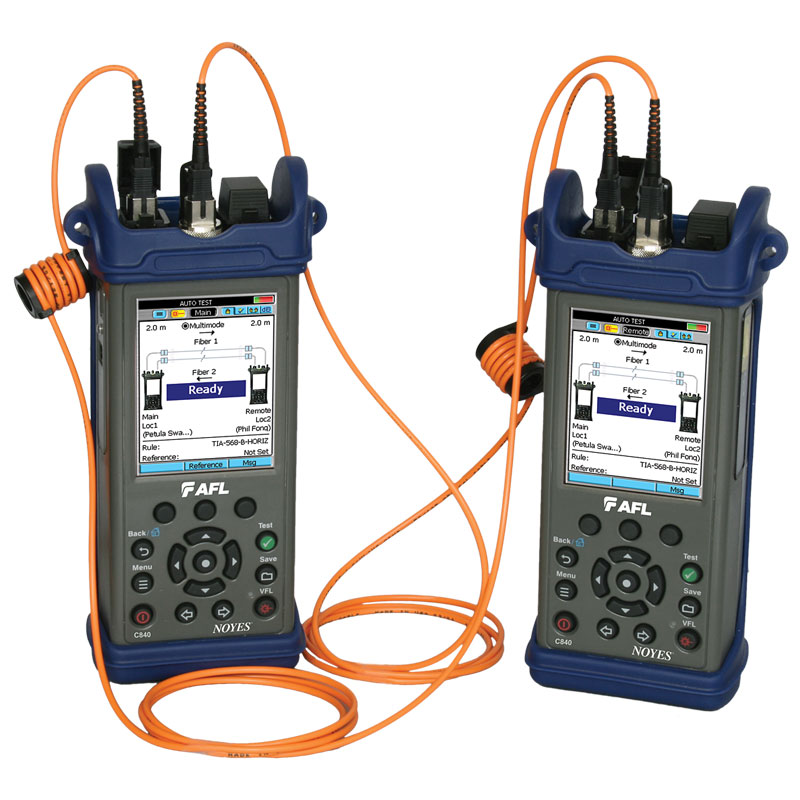The use of robotic vision ensures accuracy in production.
The use of robotic vision ensures accuracy in production.
Blog Article
Checking Out the Advantages of Optical Fibre Examining for Improved Interaction Systems
The value of optical fiber testing in contemporary interaction systems can not be overemphasized, as it functions as a structure for guaranteeing network reliability and efficiency. Using innovative techniques such as Optical Time-Domain Reflectometry (OTDR) and insertion loss analysis, organizations can not only identify mistakes yet additionally maximize their arrangements. This positive screening method has extensive implications for signal top quality and functional efficiency, increasing the concern of exactly how these techniques add to long-term sustainability in an ever-evolving technological landscape. Recognizing these dynamics is crucial for stakeholders aiming to maintain an one-upmanship.
Importance of Optical Fiber Screening
The value of optical fiber testing can not be overstated in today's data-driven environment. As companies increasingly rely upon high-speed information transmission for day-to-day procedures, the integrity and efficiency of optical fibre networks are critical. Examining ensures that these networks can sustain the large amounts of information generated and transmitted flawlessly, fostering reliable interaction and connection.
Optical fibre screening offers multiple important features, consisting of validating installation top quality, recognizing possible mistakes, and establishing total system performance. Routine testing can prevent expensive downtimes and solution interruptions, enabling companies to preserve operational continuity. It helps in compliance with sector standards and regulations, making sure that fiber optic installments fulfill required requirements for safety and security and dependability.
In addition, testing can improve the durability of fiber optic systems. By proactively recognizing issues such as signal loss, depletion, or port failures, organizations can resolve problems prior to they escalate, hence extending the life of their framework. In summary, optical fibre screening is not simply a technical demand however a strategic financial investment that improves network integrity, enhances efficiency, and eventually sustains the development and performance of modern interaction systems.
Key Checking Techniques

OTDR is a vital technique used to recognize mistakes, measure splice losses, and examine the overall honesty of a fiber optic web link. By sending out a pulse of light down the fiber and assessing the reflected light, technicians can identify locations of faults and assess the network's performance over lengthy ranges.
Insertion loss screening determines the quantity of signal loss that occurs when light go through a connection or splice. This method is important for confirming that connections meet specified loss thresholds, which is necessary for keeping ideal performance in communication systems.
Optical return loss testing measures the quantity of light showed back towards the resource due to imperfections in the fiber or links. High return loss worths show better performance and reduced signal deterioration.
With each other, these testing approaches offer a comprehensive evaluation of fiber optic networks, guaranteeing their reliability and functionality in diverse interaction applications.
Effect On System Efficiency
Efficient optical fibre testing directly affects the general efficiency of communication systems. By making sure the integrity of fiber optic cables, screening identifies prospective faults such as depletion, splice loss, and adapter imbalance. These problems can significantly weaken signal top quality, resulting in disruptions and lowered information imp source transmission speeds.

Moreover, normal optical fibre testing adds to long-term system sustainability. It allows very early detection of wear and tear, enabling for timely maintenance and upgrades before significant failures happen. This not just lengthens the life-span of the framework yet likewise guarantees that interaction systems continue to be competitive in terms of performance.
Cost-Effectiveness and Performance
Cost-effectiveness is a crucial factor to consider in the deployment and upkeep of optical fibre networks. Applying robust optical fiber screening treatments can considerably decrease operational prices by identifying issues before they rise into major troubles. ofda. By finding mistakes, depletion, and other performance limitations early, organizations can prevent costly repair work and downtime, which can disrupt services and bring about earnings loss
In addition, reliable screening approaches improve the installment procedure, allowing service technicians to function better. This equates to decrease labour costs and faster task completion times. Advanced screening equipment, such as Optical Time Domain Name Reflectometers (OTDRs), makes it possible for a precise evaluation of fibre quality, ensuring that just ideal products are utilized, therefore reducing waste.
Routine screening also contributes to better source allotment. By recognizing the Extra resources network's efficiency, companies can make informed choices regarding upgrades and growths, making certain that financial investments are made where they are most needed. In recap, optical fiber screening boosts cost-effectiveness and efficiency, sustaining the lasting sustainability and competitiveness of interaction systems in a significantly requiring market.
Making Sure Long-Term Reliability
Carrying out extensive optical fiber screening not just improves price savings and operational performance however additionally plays a pivotal role in ensuring the long-lasting integrity of interaction networks. Constant screening techniques, consisting of attenuation and transmission capacity analyses, help determine possible destruction in fibre efficiency before it leads to solution disturbances.
By employing sophisticated testing techniques, network operators can identify mistakes or weak points in the fiber facilities, enabling timely remediation. This positive strategy reduces downtime, making sure that interaction systems remain practical and reliable. Regular screening adds to the development of a much more resistant network, as operators can adjust and enhance their infrastructure based on real-time information insights.
Additionally, making sure conformity with market requirements with optical fibre screening enhances the quality and integrity of the whole interaction system. This adherence not only bolsters confidence among stakeholders yet likewise lines up with governing requirements, which are progressively stringent.
Verdict
In final thought, optical fibre testing serves as a fundamental part in enhancing interaction systems. By utilizing numerous testing approaches, such as OTDR and insertion loss assessments, networks can achieve optimum performance and dependability. The proactive identification of mistakes not only improves signal top quality but likewise lowers downtime, eventually adding to cost-effectiveness and functional performance. Furthermore, adherence to sector requirements cultivates stakeholder confidence, ensuring the long-lasting sustainability of communication frameworks in a progressively data-driven landscape.
Report this page